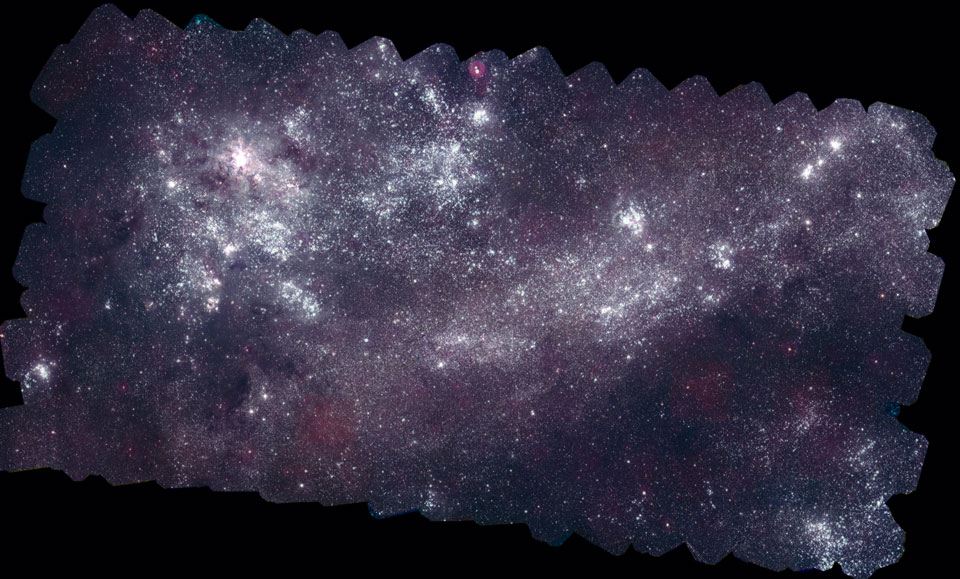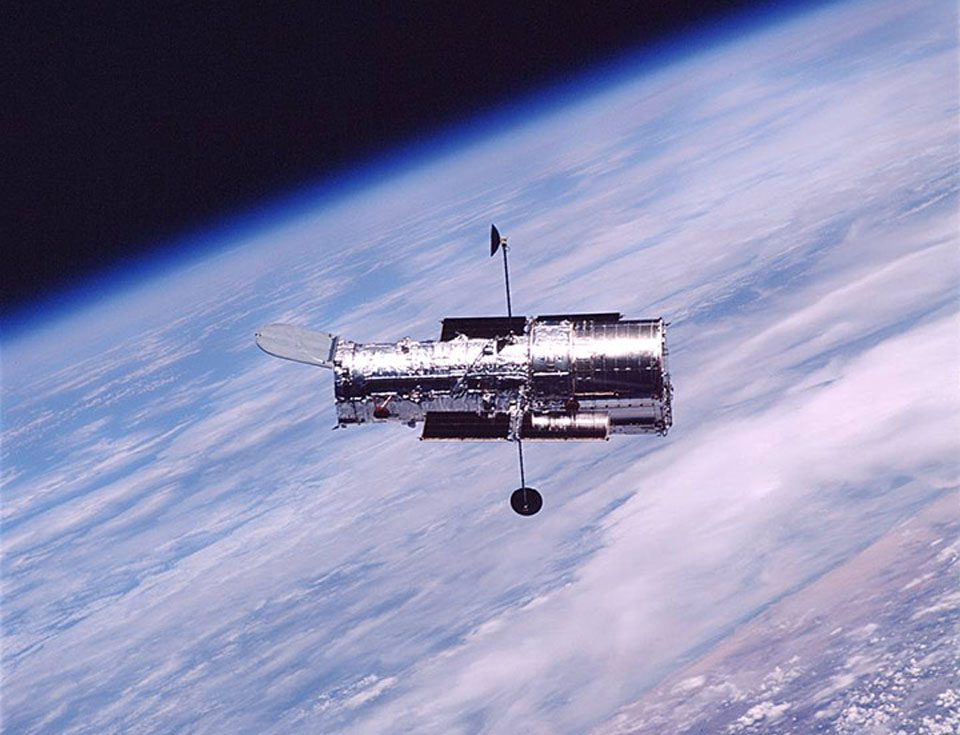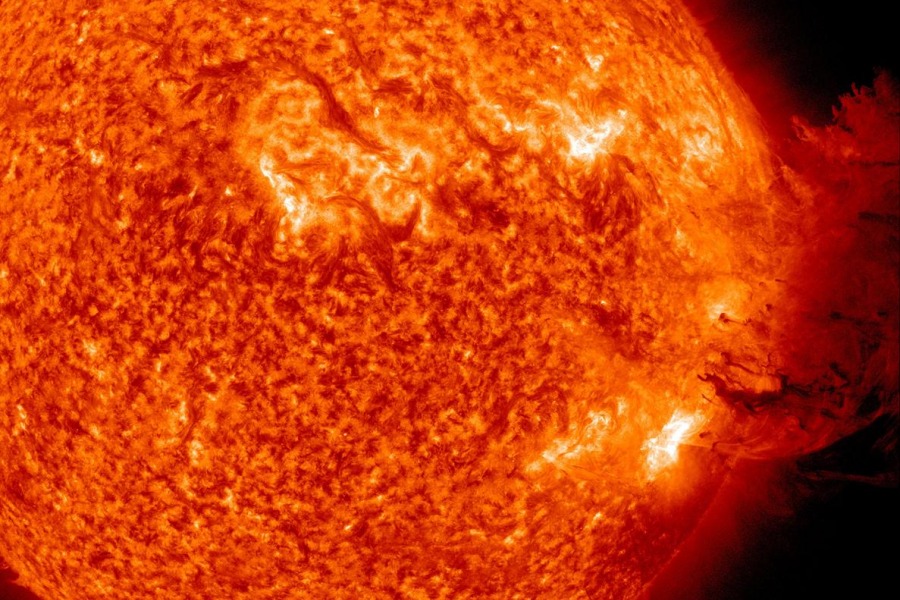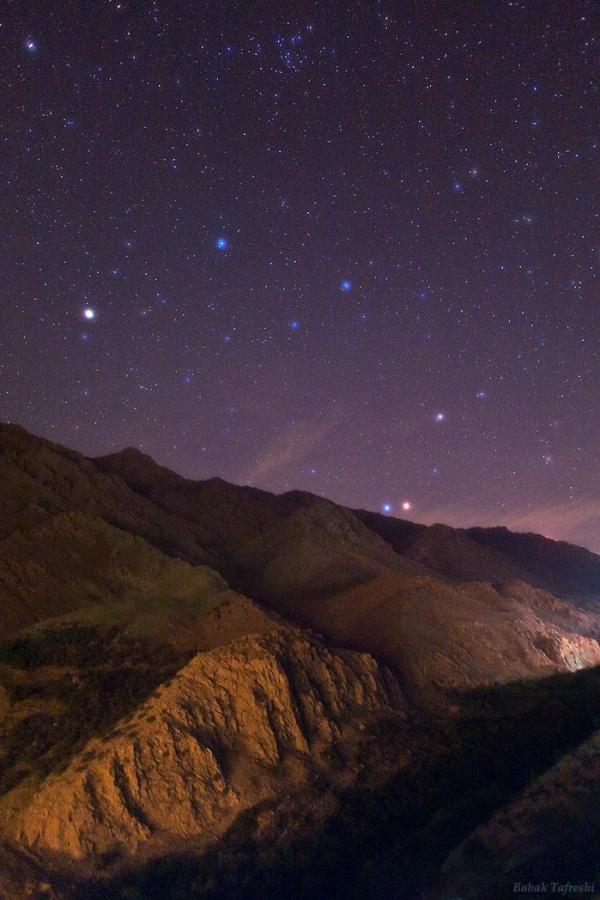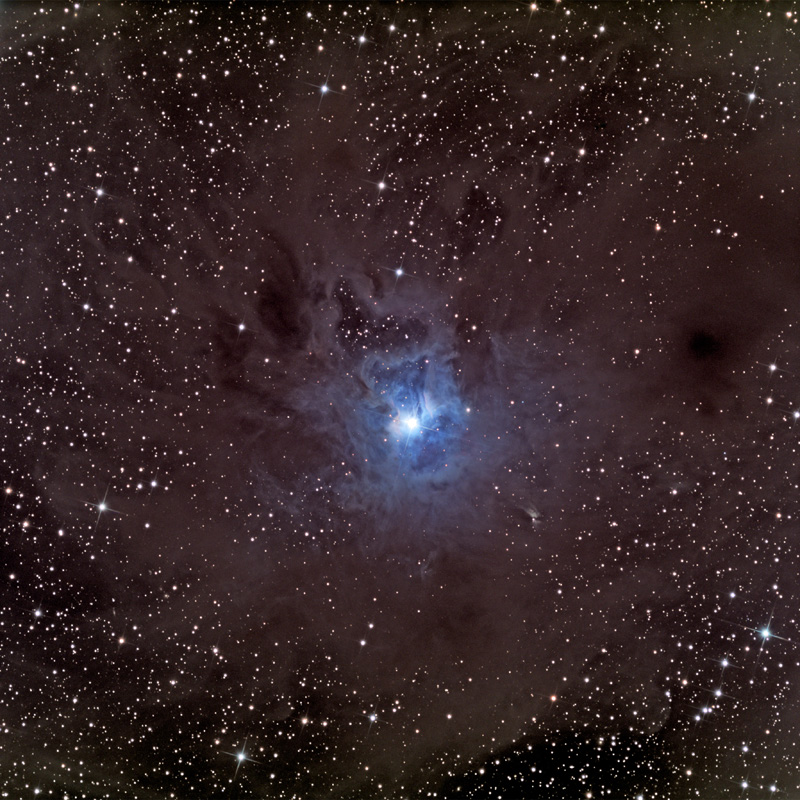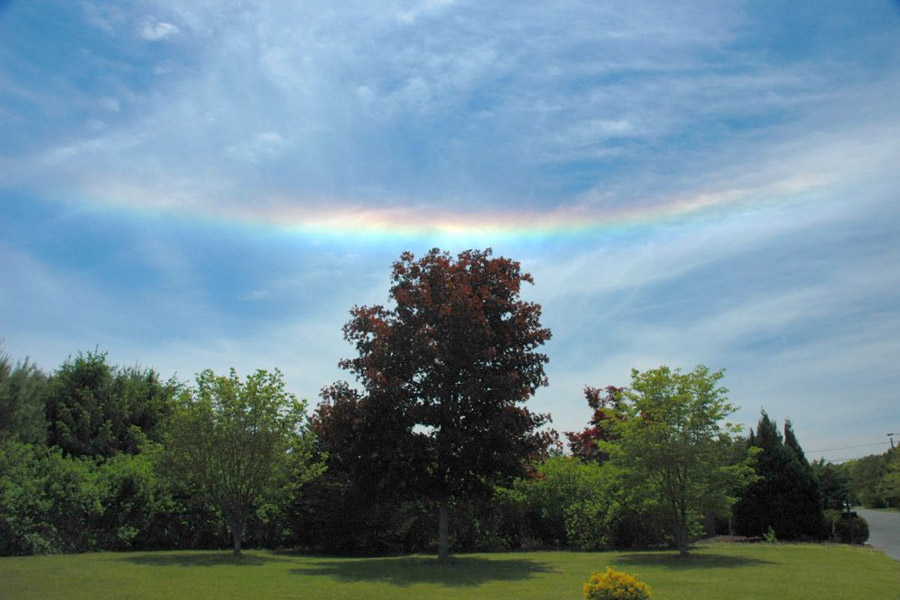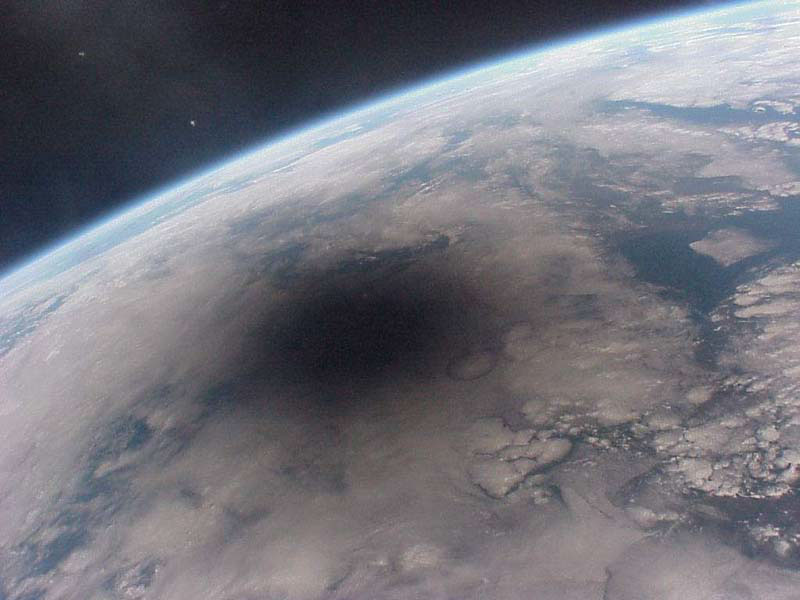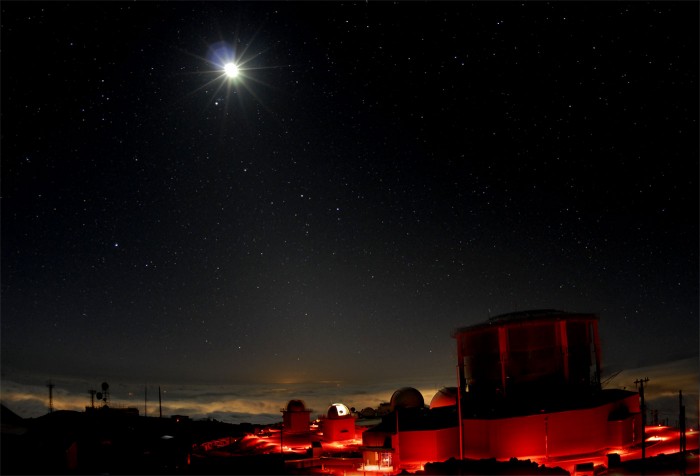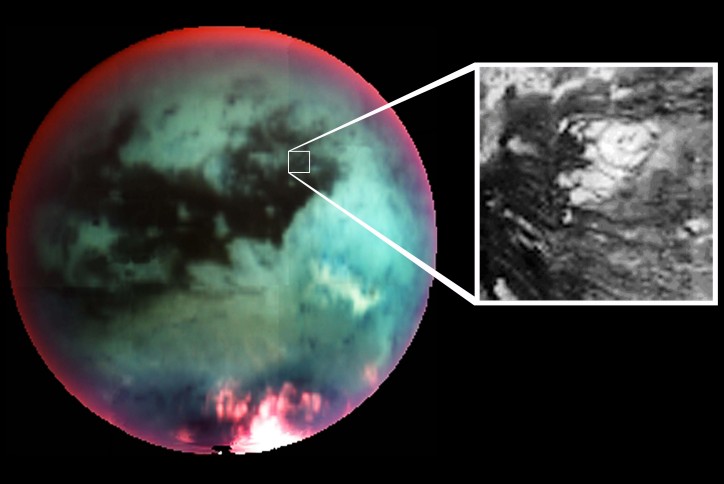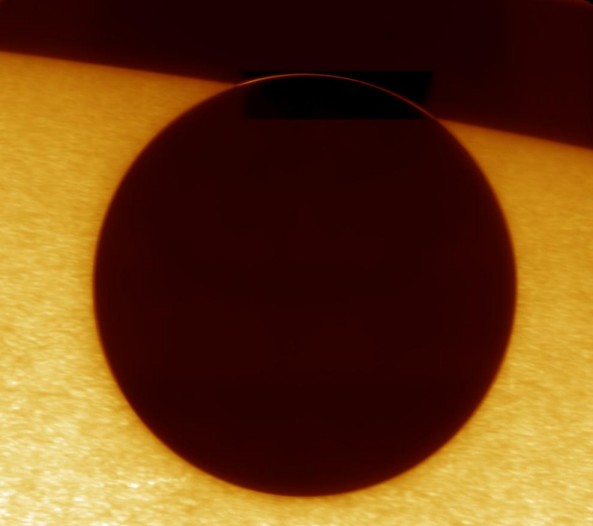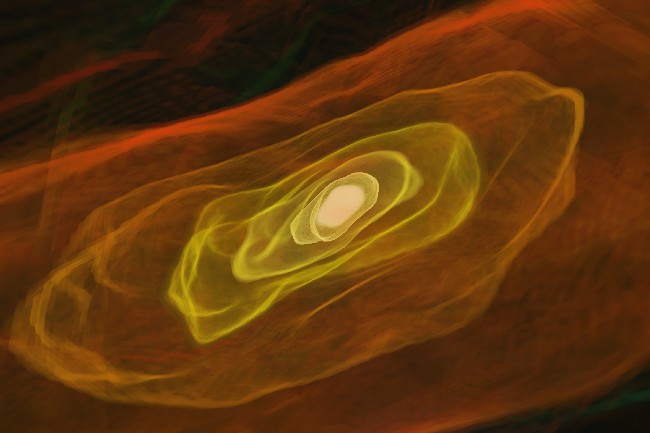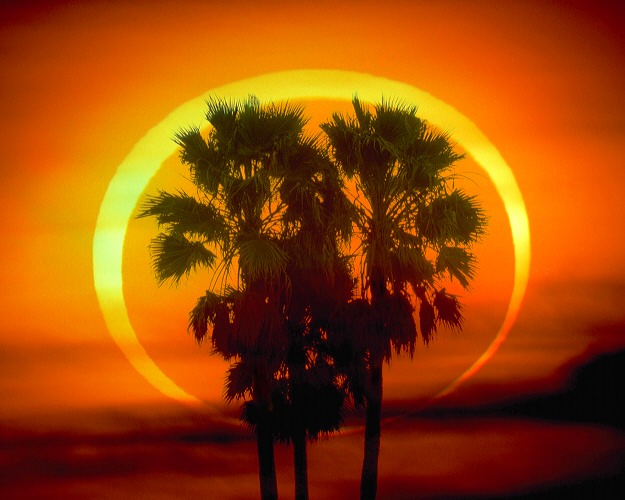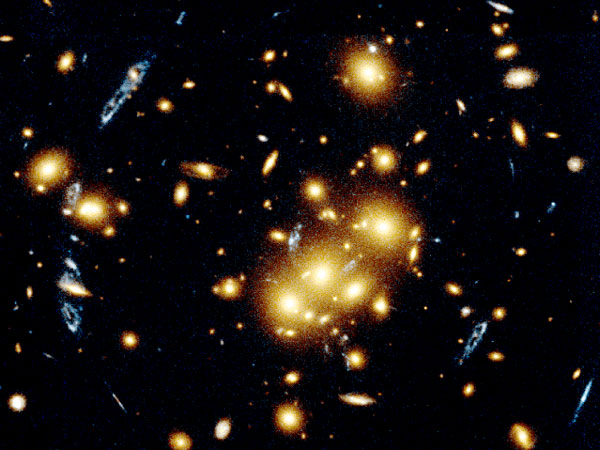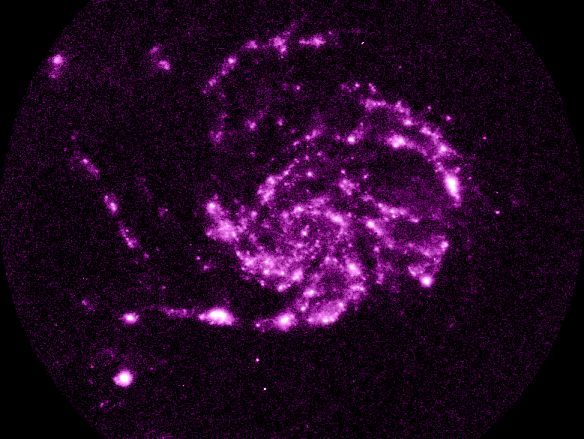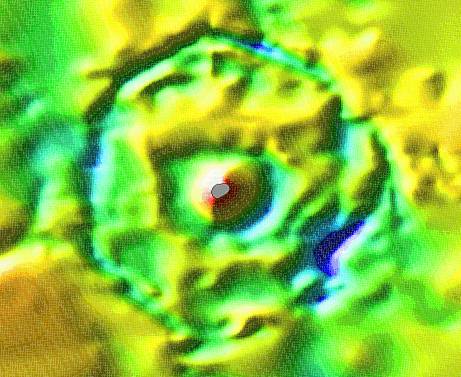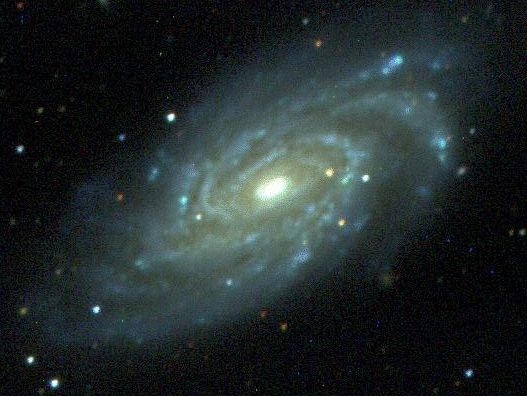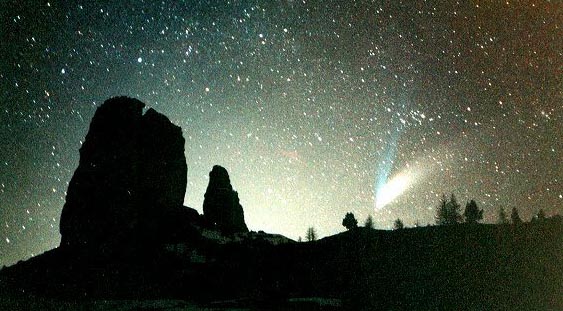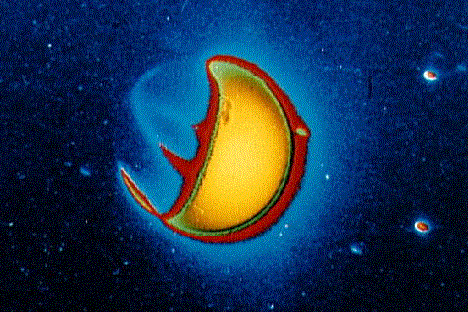| << Previous | Index | Next >> |
2015
Click to play embedded YouTube video.
Video Credit: NASA, JPL-Caltech, UCLA, MPS/DLR/IDA, DLR, ESO
2014
[imghover6=http://apod.nasa.gov/apod/image/1406/m5 ... le_960.jpg]http://apod.nasa.gov/apod/image/1406/m5 ... ly_960.jpg[/imghover6]Image Credit & Copyright: X-ray: NASA, CXC, R. Kilgard (Wesleyan U. et al.; Optical: NASA, STScI
2013
2012 What if you were given a new Hubble telescope for free? How about two? The astronomical community is abuzz with just this opportunity as the US National Reconnaissance Office has unexpectedly transferred ownership of two space-qualified Hubble-quality telescopes to NASA. The usefulness of these telescopes in addressing existing science priorities has begun, but preliminary indications hold that even one of these telescope could be extremely useful in searching for extrasolar planets as well as distant galaxies and supernovas that could better explore the nature of dark energy. Although they start out as free, making even one telescope operational and fitting it with useful cameras would be quite expensive, so NASA is being decidedly careful about how to fit these new telescopes into its existing budget. Pictured above, the original Hubble Space Telescope floats high above the Earth during a servicing mission in 2002.
2011 On June 7, the Sun unleashed only a medium sized solar flare as rotation carried active regions of sunpots toward the solar limb. But that flare was followed by an astounding gush of magnetized plasma seen erupting at the Sun's edge in this extreme ultraviolet image from the Solar Dynamics Observatory. Spectacular movies of the event follow the darker, cooler plasma over a period of hours as it rains down across a broad area of the Sun's surface, arcing along otherwise invisible magnetic field lines. An associated coronal mass ejection, a massive cloud of high energy particles, was blasted in the general direction of the Earth and may have already triggered auroral activity after a glancing blow to Earth's magnetosphere.
2010 Leo's royal star Regulus and red planet Mars appear in a colorful pairing just above the horizon in this starry skyscape. The photo was taken on June 4th from Oraman, a mountainous region of Kurdistan in western Iran near the border with Iraq. The marked color contrast between Mars and the bright blue star was easy to discern by eye, but is further enhanced in the picture through the use of a diffusion filter. Otherwise dominating the western evening sky, brilliant Venus has already set below the mountains in the scene. Saturn still shines in the night though, farther eastward along the ecliptic plane. Sliding your cursor over the picture will identify the planets, the stars of Leo, and a long-recognized star cluster in Coma Berenices.
2009 These clouds of interstellar dust and gas have blossomed 1,300 light-years away in the fertile star fields of the constellation Cepheus. Sometimes called the Iris Nebula and dutifully cataloged as NGC 7023, this is not the only nebula in the sky to evoke the imagery of flowers. Surrounding it, obscuring clouds of dust and cold molecular gas are also present and can suggest other convoluted and fantastic shapes. Within the Iris, dusty nebular material surrounds a hot, young star. The dominant color of the brighter reflection nebula is blue, characteristic of dust grains reflecting starlight. Central filaments of the cosmic dust glow with a faint reddish photoluminesence as some dust grains effectively convert the star's invisible ultraviolet radiation to visible red light. Infrared observations indicate that this nebula may contain complex carbon molecules known as PAHs. At the estimated distance of the Iris Nebula this remarkable wide field view is over 30 light-years across.
2008 What is that inverted rainbow in the sky? Sometimes known as a fire rainbow for its flame-like appearance, a circumhorizon arc is created by ice, not fire. For a circumhorizon arc to be visible, the Sun must be at least 58 degrees high in a sky where cirrus clouds are present. Furthermore, the numerous, flat, hexagonal ice-crystals that compose the cirrus cloud must be aligned horizontally to properly refract sunlight like a single gigantic prism. Therefore, circumhorizon arcs are quite unusual to see. Pictured above, however, a rare fire rainbow was captured above trees in Whiting, New Jersey, USA in late May.
2007 Here is what the Earth looks like during a solar eclipse. The shadow of the Moon can be seen darkening part of Earth. This shadow moved across the Earth at nearly 2000 kilometers per hour. Only observers near the center of the dark circle see a total solar eclipse - others see a partial eclipse where only part of the Sun appears blocked by the Moon. This spectacular picture of the 1999 August 11 solar eclipse was one of the last ever taken from the Mir space station. The two bright spots that appear on the upper left are possibly Jupiter and Saturn, although this has yet to be proven. Mir was deorbited in a controlled re-entry in 2001.
2006 A waxing crescent Moon shines over the caldera of dormant volcano Haleakala and observatory domes in this dramatic view from above the clouds. Looking west from Maui, Hawaii on May 31st, the scene also records the lights of Honolulu on the horizon. Near the strongly overexposed crescent is bright planet Saturn, but included in the skyscape are planet Mars and the Gemini stars Castor and Pollux. Of course, skywatchers also found star cluster M44, The Beehive Cluster, in this early evening sky, wedged between Saturn and the Moon. In fact, as it closes with Saturn, Mars will pass in front of the Beehive on June 15, so just keep looking west. (Can't find all the players? Click here for help.)
2005 Investigators suspect the domed feature detailed above is an ice volcano, or cryovolcano, seen in infrared light through the hazy atmosphere on Saturn's moon Titan. Since Titan's surface temperature is around minus 180 degrees Celsius, lava welling up to form the volcanic mound would be icy indeed - possibly a slurry of methane, ammonia, and water ice combined with other ices and hydrocarbons. The circular feature is roughly thirty kilometers in diameter. If its volcanic nature is confirmed, the discovery of cryovolcanism on Titan could explain the origin of methane in Titan's atmosphere. Before the Cassini-Huygens mission to Saturn, a popular explanation for replenishing Titan's concentration of atmospheric methane was the presence of an extensive, methane-rich, hydrocarbon sea. But Cassini's instruments and the Huygens surface probe have failed to find such a global ocean.
2004 With Venus in transit at the Sun's edge on June 8th, astronomers captured this tantalizing close-up view of the bright solar surface and partially silhouetted disk. Enhanced in the sharp picture, a delicate arc of sunlight refracted through the Venusian atmosphere is also visible outlining the planet's edge against the blackness of space. The arc is part of a luminous ring or atmospheric aureole, first noted and offered as evidence that Venus did posses an atmosphere following observations of the planet's 1761 transit. The image was recorded using the 1-meter Swedish Solar Telescope located on La Palma in the Canary Islands. For the Institute for Solar Physics, Dan Kiselman, Goran Scharmer, Kai Langhans, and Peter Dettori were at the telescope, while Mats Lofdahl produced the final image. Excellent movies of the transit - including one of the emergence of Venus' atmospheric aureole - are available from the Dutch Open Telescope, also observing from La Palma.
2003
2002 Today, a few lucky people will see a "ring of fire." That's a name for the central view of an annular eclipse of the Sun by the Moon. At the peak of this eclipse, the middle of the Sun will appear to be missing and the dark Moon will appear to be surrounded by the bright Sun. This will only be visible, however, from a path that crosses the Pacific Ocean. From most locations at most times, including most of eastern Asia and western North America, the Moon will only appear to take a bite out the Sun. In east Asia, the rising Sun will appear partially eclipsed on the morning of June 11. Simultaneously, in much of North America, the same eclipsed sun will appear to be setting on June 10. Remember to never look directly at the Sun even during an eclipse. An annular eclipse occurs instead of a total eclipse when the Moon is on the far part of its elliptical orbit around the Earth. The next annular eclipse of the Sun will take place in 2003 May, although a total eclipse will occur later this year in early December. Pictured above, a spectacular annular eclipse was photographed behind palm trees on 1992 January.
2001 What are those strange blue objects? Many are images of a single, unusual, beaded, blue, ring-like galaxy which just happens to line-up behind a giant cluster of galaxies. Cluster galaxies here appear yellow and -- together with the cluster's dark matter -- act as a gravitational lens. A gravitational lens can create several images of background galaxies, analogous to the many points of light one would see while looking through a wine glass at a distant street light. The distinctive shape of this background galaxy -- which is probably just forming -- has allowed astronomers to deduce that it has separate images at 4, 8, 9 and 10 o'clock, from the center of the cluster. Possibly even the blue smudge just left of center is yet another image! This spectacular photo from the Hubble Space Telescope was taken in October 1994.
2000 This picture of giant spiral galaxy Messier 101 (M101) was taken by the Ultraviolet Imaging Telescope (UIT). UIT flew into orbit as part of the Astro 2 mission on-board the Space Shuttle Endeavour in March 1995. The image has been processed so that the colors (dark purple through white) represent an increasing intensity of ultraviolet light. Pictures of galaxies like this one show mainly clouds of gas containing newly formed stars many times more massive than the sun, which glow strongly in the ultraviolet. In contrast, visible light pictures of galaxies tend to be dominated by the yellow and red light of older stars. Ultraviolet light, invisible to the human eye, is blocked by ozone in the atmosphere so ultraviolet pictures of celestial objects must be taken from space. M101 is a mere 22 million light-years away in the constellation Ursa Major. Its popular moniker is the Pinwheel Galaxy.
1999 The stark surface of Earth's moon is pocked with large craters, records of a history of fierce bombardment by the solar system's formative debris. It may be difficult to imagine, but nearby planet Earth itself has endured a similar cosmic pounding, though oceans, weathering, and geological activity have removed or hidden many of the telltale scars. For example, this false color image produced from seismic data shows a recently discovered ringed structure about 24 miles wide on the floor of the Barents Sea. It is most probably the result of the impact, roughly 150 million years ago, of a mile or so wide asteroid-like body. Estimates indicate that the energy released in the impact could have been as high as a million megatons of TNT, resulting in immense earthquakes and tidal waves. Drawing on Norse mythology, the crater has been aptly named Mjølnir - Thor's hammer.
1998 The graceful spiral galaxy NGC 6070, 100 million light-years distant in the constellation Serpens, is helping astronomers celebrate "First Light" (the first test sky images) for an exciting new telescope built to perform the ambitious Sloan Digital Sky Survey. The dedicated survey instrument, located at Apache Point Observatory in Sunspot, New Mexico, USA, will map 1/4 of the entire sky in unprecedented detail with sophisticated digital imaging and data processing technologies. Telescopic observations tend to offer sensitive views of only very small pieces of the universe. Interpreting the results is a bit like watching a baseball game through a a drinking straw and trying to figure out what's going on! But scanning the sky over five years of planned operation, the Sloan Digital Sky Survey will build up a multi-color, 3-dimensional view of a large portion of the visible universe. At the turn of the millennium, this "big picture" will give humanity a critical new and detailed field guide to the cosmos.
1997 Hale-Bopp may be the most photographed comet in history. Above, our photogenic giant flying snowball appeared last month as a backdrop to the "Cinque Torri" Mountains near Contina d'Ampezzo, Italy. Although the comet is still fairly bright, it is fading as it recedes from the Sun, and is now more easily visible from Earth's southern hemisphere. Having shed a few meters of ice and rock from its surface, Comet Hale-Bopp will coast to the outer Solar System, and return again in another 2400 years.
1996 Here's a switch: the above picture is of the Earth taken from a lunar observatory! This false color picture shows how the Earth glows in ultraviolet (UV) light. UV light is so blue humans can't see it. Very little UV light is transmitted through the Earth's atmosphere but what sunlight does make it through can cause a sunburn. The Far UV Camera / Spectrograph deployed and left on the Moon by the crew of Apollo 16 took the above picture. The part of the Earth facing the Sun reflects much UV light, but perhaps more interesting is the side facing away from the Sun. Here bands of UV emission are also apparent. These bands are the result of aurora and are caused by charged particles expelled by the Sun spiraling to Earth along magnetic field lines.
| << Previous | Index | Next >> |
